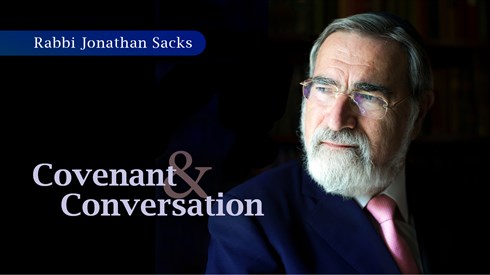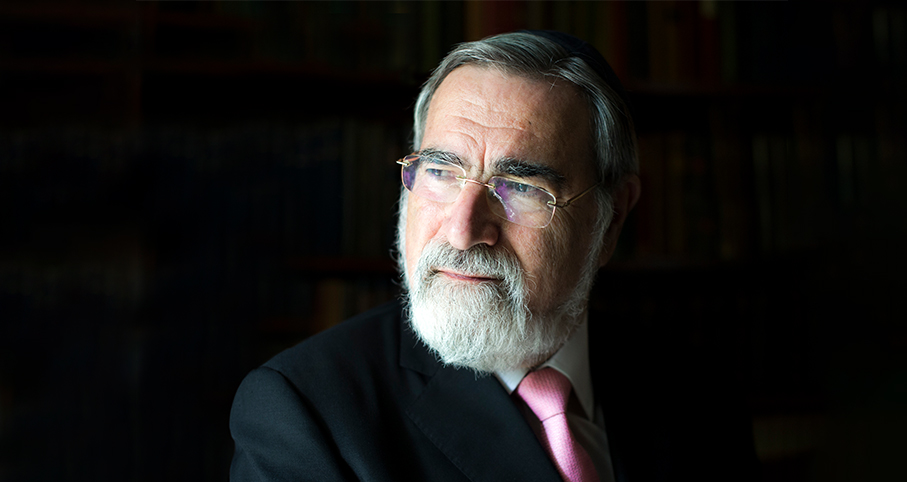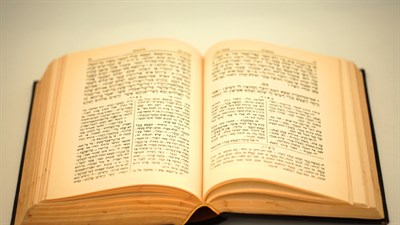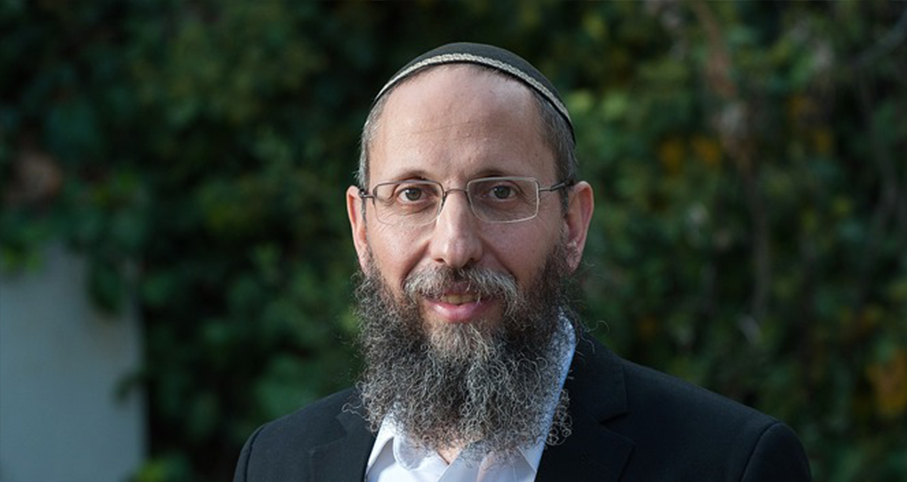articles on Lech Lecha

Four Dimensions of the Journey
The multi-layered command "Lech lecha – go forth" contains the seeds of Abraham’s ultimate vocation. The complete lesson Next lesson >>

Understanding Abraham - Rabbi Zalman Baruch Melamed
The weekly lesson of Rosh Yeshiva Rabbi Zalman Baruch Melamed

A Palace in Flames
A shiur by Rabbi Jonathan Sacks for the weekly portion "Lech- Lecha".

Understanding Avraham
A shiur by Rabbi Zalman Baruch Melamed for the weekly portion "Lech- Lecha".
Lessons on Lech Lecha

MAMDANI TO RAIN TO LECH-L'CHA
For someone who grew up in NYC with some 30 years of obviously Jewish mayors like Abe Beame, Ed Koch and Michael Bloomberg, the possibility of a proudly Islamic & anti-Israel Mamdani (who vows to arrest Israel's Prime Minister if he steps into NY), filling their shoes is a nightmarish reality. This is directly connected with last week's parshat Noach, this week's Lech L'cha, and the beginning of asking for rain in Eretz Yisrael.
Rabbi Ari Shvat | Cheshvan 5786
How Can a Philosopher Become a Kabbalist?
Rabbi Netanel Yossifun | 9 Cheshvan 5786

Parashat Hashavua: The Journey … from Charan to Mt. Moriah and Beyond
Rabbi Yossef Carmel | Cheshvan 5786
What Motivated Avraham's Kindness?
Rabbi Moshe Leib Halberstadt | 7 Cheshvan 5785

Parashat Hashavua: The Challenge of Moving
Rabbi Yossef Carmel | Cheshvan 5785

A Famine in the Land – What’s the Point?
Rabbi Yossef Carmel | 8 Shvat 5784
Lech Lecha
Rabbi Berel Wein zt"l | 8 Shvat 5784








